Star Trek Handles One Thing Better Than Star Wars, And It Isn’t Even Close
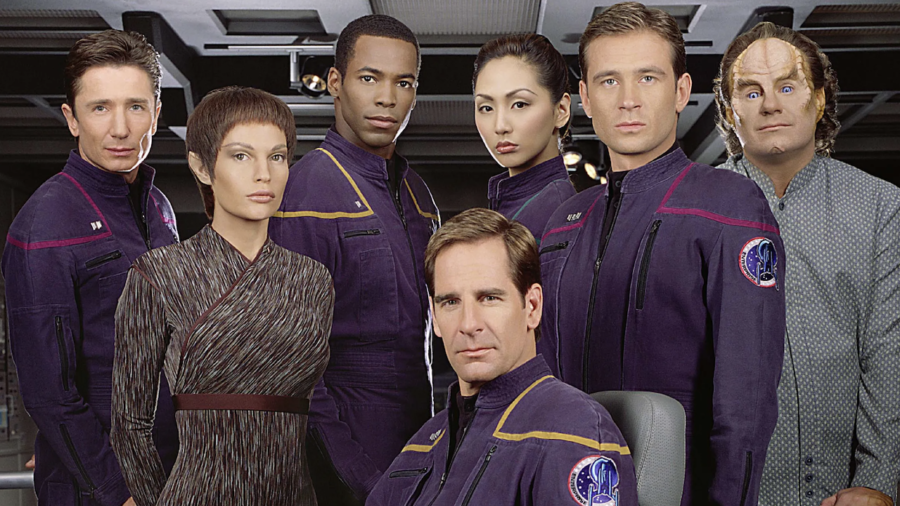
I love Star Trek, I love Star Wars. I usually won’t even humor arguments of which is better, because in many ways it’s an apples-to-oranges question. But one of the strong similarities between the two franchises makes it clear Trek is superior in at least one way–in showing the changes in technology over time.
Star Trek And Star Wars Media Covers A Wide Spectrum Of Time
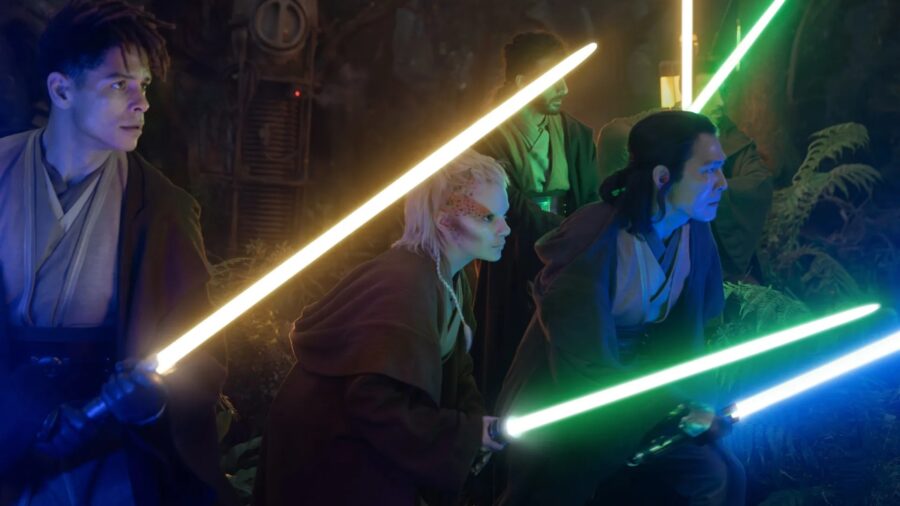
One way in which Star Trek and Star Wars are very similar these days is how both continue to produce films and TV series set in different eras along their respective histories. Trek’s media is set in a timeline spanning over a thousand years, while–with the introduction of Star Wars: The Acolyte–Lucasfilm’s spacefaring franchise boasts films and TV shows set somewhere in a history of close to 170 years.
In the case of Star Wars, that timeline is about to get even longer. The film that will see the return of Daisy Ridley’s Rey is set 15 years after The Rise of Skywalker, while James Mangold’s film–possibly titled Star Wars: Jedi Prime–is said to take place thousands of years before any of the other films or TV shows.
Star Trek Remembers To Show Changes In Tech
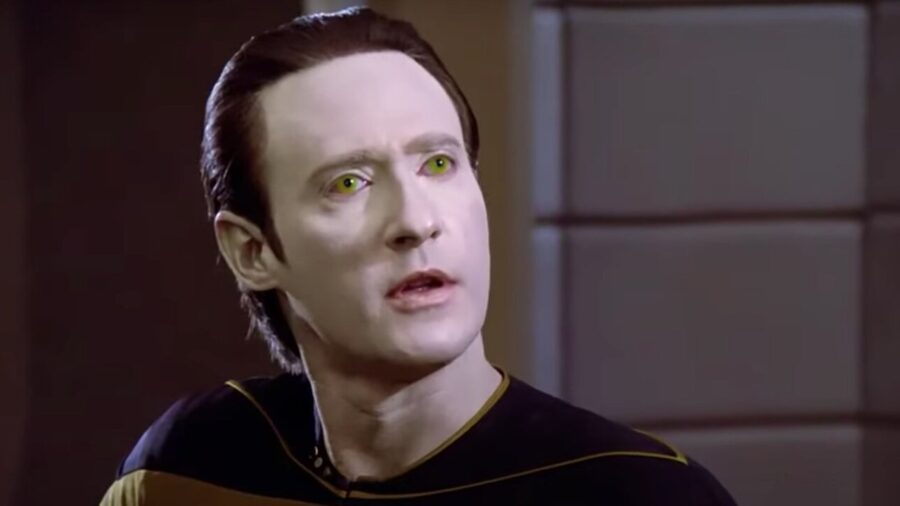
Star Trek, unlike Star Wars, has always shown changes in technology over time–that’s been true ever since the premiere of Star Trek: The Next Generation, set a century after the original show. TNG introduced the holodeck, replicators, and the new Enterprise’s saucer separation capability.
Ships travel faster easier, the computers are faster and more powerful, communicators are attached to crew member’s uniforms rather than needing to be a separate piece of equipment carried in pockets, and Starfleet counts a positronic android among its ranks.
Further In The Past And The Future
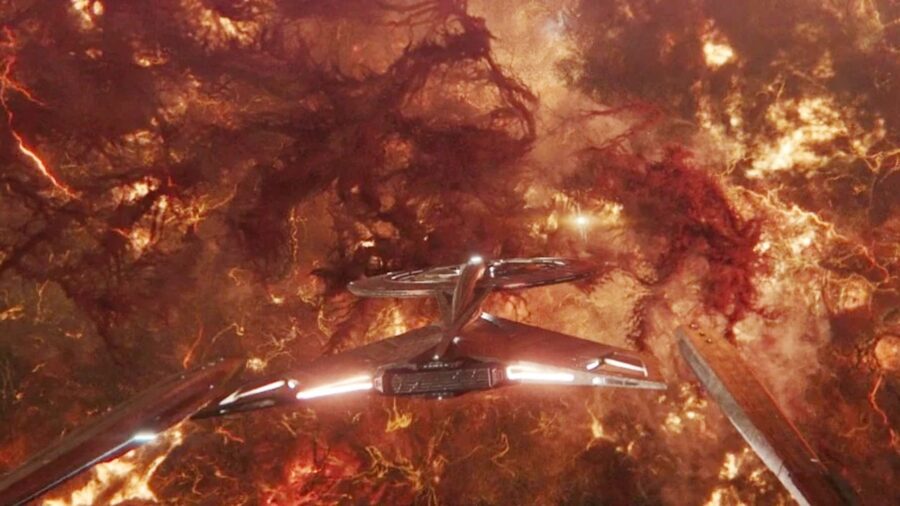
The Further back and forward Star Trek goes, the more it proves itself superior to Star Wars in terms of showing changes in tech.
Say what you will about the prequel series Star Trek: Enterprise–it gave fans a version of the iconic ship that made sense in terms of how far back in the timeline the story unfolds. Captain Archer’s ship lacks the sophisticated weaponry of future Enterprises, it doesn’t have any shields, and the transporter is so new that most crew members are terrified of using it.
On the other end of the spectrum there’s Star Trek: Discovery, which brought its crew into the 32nd century in Season 3. Among the innovations in this later date are personal transporters, cloaking devices on most Starfleet ships, and the ability of most ships to detach its different pieces and come back together in new configurations.
In Star Wars, The Only Technological Innovation Is The Death Star
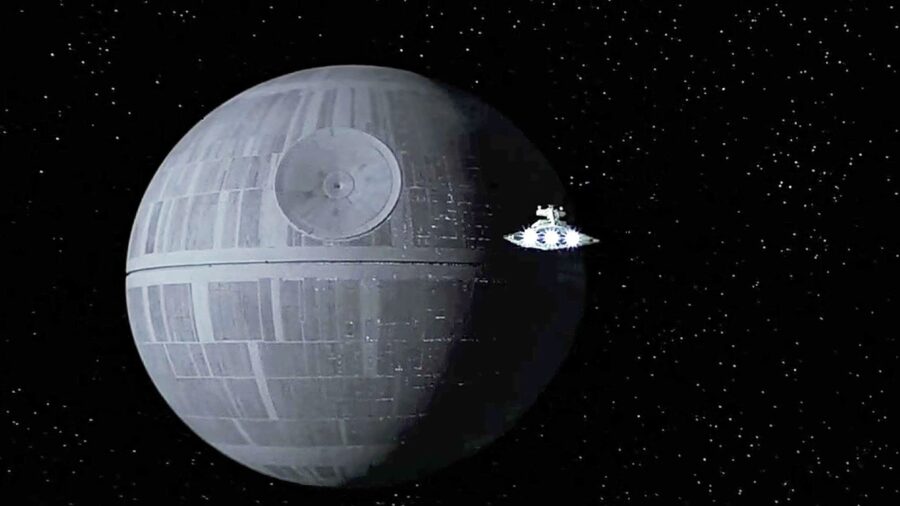
While the Star Trek universe seems like one in which technology is always evolving, in Star Wars you get the impression that technological innovation got to a certain point and just stopped.
In The Acolyte, the prequel films, the original trilogy, the sequel trilogy, and everything in-between the tech seems roughly the same with some cosmetic changes here and there. The capabilities of most of the tech we think of when we think of Star Wars–lightsabers, droids, blasters, and starships–seems to remain constant.
Unlike Star Trek, in Star Wars the only obvious tech innovation we see is a weapon of mass destruction–the Death Star, and its successor Starkiller Base.
You Could Even Argue Star Wars Prequel Tech Is Better

In at least some minor ways, Star Wars tech actually can seem to get better the further back in time you go.
For example, while Star Trek doesn’t have droids, Star Wars is absolutely bursting with them, and in The Acolyte we’re introduced to Osha’s droid Pip–a droid small enough to fit in a holster.
Here in the real world–and this is also usually the case in Trek–when you take a technology that already exists and shrink it to the point where it can be used as a personal tool, that’s a result of technological innovation. Yet The Acolyte–set a hundred years before the prequel trilogy–is the first time we see such a droid on the screen.
Of course it could simply be that Star Trek dominates Star Wars in this area simply because the creators of the latter franchise don’t care as much–they’re more concerned with the changes reflected in the galactic power, particularly in terms of the Jedi/Sith balance. Regardless, you can’t deny this one thing is handled better by Roddenberry and his successors.










